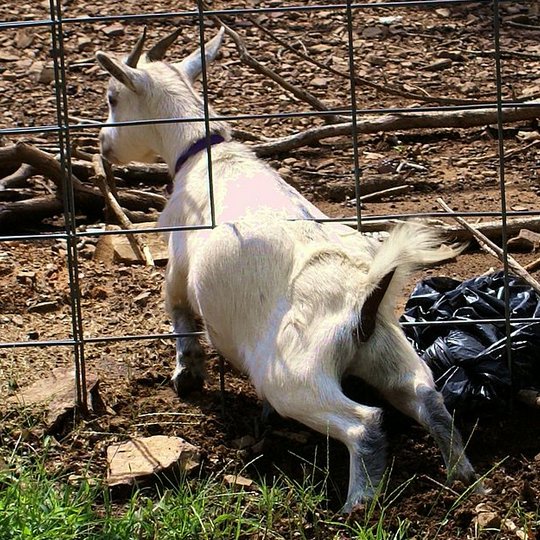The
text
on
the
London
(K)
tablet
evidently
runs
in
parallel
with
the
text
at
the beginning
of
the
G
tablet.
Yet,
the
details
of
the
glyphs
are
different
and
also
certain
parts
of
the
structure
itself.
For
example:
| MAY 16 |
17 |
18 |
19 |
20 (140) |
21 |
22 |
23 |
24 |
 |
 |
 |
 |
 |
 |
 |
 |
 |
| Ga2-26 |
Ga2-27 |
Ga2-28 |
Ga2-29 |
Ga3-1 (60) |
Ga3-2 |
Ga3-3 |
Ga3-4 |
Ga3-5 |
| τ Aquilae |
NAOS |
|
AL TARF RAS ALGETHI GREDI |
|
 |
 |
 |
 |
 |
 |
 |
 |
| Ka3-14 |
Ka3-15 |
Ka3-16 |
Ka3-17 |
Ka3-18 |
Ka3-19 |
Ka3-20 |
Ka3-21 |
Early
I concluded
the
number
of
glyph
spaces
on
the
K
tablet
could
have
been
192:
| Number of glyphs on the K tablet: |
| side a |
side b |
| a1 |
19 |
*5 |
24 |
24 |
b1 |
20 |
*2 |
22 |
119 |
| a2 |
22 |
- |
22 |
46 |
b2 |
17 |
*1 |
18 |
137 |
| a3 |
21 |
- |
21 |
67 |
b3 |
16 |
- |
16 |
153 |
| a4 |
16 |
- |
16 |
83 |
b4 |
19 |
- |
19 |
172 |
| a5 |
14 |
- |
14 |
97 |
b5 |
17 |
*3 |
20 |
192 |
| sum |
92 |
*5 |
97 |
sum |
89 |
*6 |
95 |
| Numbers with asterisk (*) refer to possible glyph positions where no glyph is visible. |
Comparing
with
the
G
text
we
will
find
glyph
192
at
December
2
(336)
when
Haedus
I
was at
the
Full
Moon:
| SEPTEMBER 26 |
27 (270) |
28 |
29 |
30 (*193) |
 |
 |
 |
 |
 |
| Ga7-20 |
Ga7-21 |
Ga7-22 |
Ga7-23 (192) |
Ga7-24 |
| ATRIA = α Tr. Austr. (253.9) |
Tail-6 |
ι Ophiuchi (255.3), GRAFIAS = ζ Scorpii (255.4) |
κ Ophiuchi (256.2), ζ Arae (256.5), ε Arae (256.8), CUJAM = ε Herculi (256.9) |
no star listed (257) |
| WEI (Tail) = ε Scorpii, η Arae (254.3), DENEBAKRAB = μ Scorpii (254.7) |
| November 29 |
30 (*254) |
December 1 |
2 (336) |
3 |
| ░November 25 |
26 (*250) |
27 |
28 (332) |
29 |
| 'November 2 |
3 (*227) |
4 |
5 |
6 (310) |
| "October 19 |
20 |
21 |
22 (295) |
23 (*216) |
| NAKSHATRA DATES: |
| MARCH 28 (*372) |
29 |
30 (454) |
31 (90) |
APRIL 1 |
| TABIT = π│ Orionis (71.7), π▓ Orionis (71.9) |
π4 Orionis (72.1), ο╣ Orionis (72.4), π5 Orionis (72.8) |
π╣ Orionis (73.0), ο▓ Orionis (73.4), HASSALEH = ι Aurigae (73.6), π6 Orionis (73.9) |
ALMAAZ = ε Aurigae (74.7), HAEDUS I = ζ Aurigae (74.8) |
HAEDUS II = η Aurigae (75.9) |
| May 31 (151) |
June 1 |
2 (*73) |
3 |
4 (*440) |
| ░May 27 |
28 (148) |
29 |
30 |
31 (*436) |
| 'May 4 (124) |
5 (*45) |
6 |
7 |
8 (*413) |
| "April 20 (*30) |
21 (111) |
22 |
23 |
24 (*399) |
 |
 |
 |
 |
 |
| Ga1-7 |
Ga1-8 |
Ga1-9 |
Ga1-10 |
Ga1-11 |

Mother Goat herself (Capella) came 4 days later, when Rigel rose with the Sun.
... Capella's place on the Dendera zodiac is occupied by a mummified cat in the outstretched hand of a male figure crowned with feathers; while, always an important star in the temple worship of the great Egyptian god Ptah, the Opener, it is supposed to have borne the name of that divinity and probably was observed at its setting 1700 BC from his temple, the noted edifice at Karnak near Thebes, the No Amon of the books of the prophets Jeremiah and Nahum. Another recent discovered sanctuary of Ptah at Memphis also was oriented to it about 5200 BC. Lockyer thinks that at last five temples were oriented to its setting ... (Allen)
... This has been known as Capella, the Little She-goat, since at least the times of Manilius, Ovid, and Pliny, all of whom followed the Κινήσαι Χειμώνας of Aratos in terming it a Signum pluviale like its companions the Haedi, thus confirming its stormy character throughout classical days ... (Allen)

|











